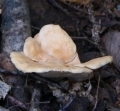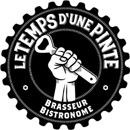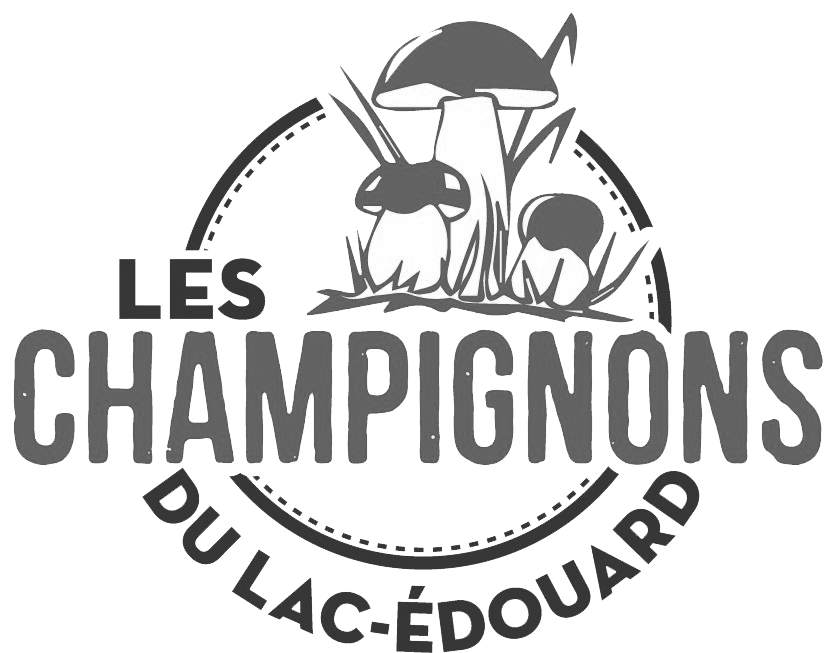
The Spreading Hydnum flourishes in the transitional forest. It associates with the roots of many coniferous tree species, including white spruce, fir, pine and Norway spruce 1. It is reportedly abundant in some white spruce plantations, but rarely present in deciduous forests. The mushroom is harvested all over the world; picking takes place in late summer and early autumn.
The Spreading Hydnum is a very fragile mushroom that must be picked with great care. As it is already very clean, it should be fully cleaned at the time of collection. The fruit bodies should be placed in paper bags to keep handling to a minimum. With the slightest injury, the teeth detach from the cap 11 12. The sliced end of the stem becomes brown a few hours after cutting, but this does not affect edibility.
The cap varies in colour from white 5 to light rust brown 6. The teeth are white in young specimens 9 and become darker as the spores ripen 10. At first glance 8, the Spreading Hydnum could be mistaken for a Sheep Polyporus, but the teeth on the underside of its cap are clearly recognizable 10. The stem and cap have full, tender flesh of high culinary quality 12 13; the teeth are cooked together with the caps.
Young autumn slugs 14 and insect larvae that live in the soil 15 are the mushroom’s worst enemies. Slugs shelter under the cap to eat the teeth, while insect larvae enter the base of the stem to dig tunnels throughout the fruit body.
Photos: Fernand Miron, Marcel Otis, Renaud Longrée.
Habitats where you can find this species :
Click on thumbnails
to get a larger image
Possible companion species

+
Club-Shaped Chanterelle
Gomphus clavatus, Cantharellus clavatus

+
Sheep Polyporus
Polyporus ovinus

+
Peck's Russula
Russula Peckii



















































